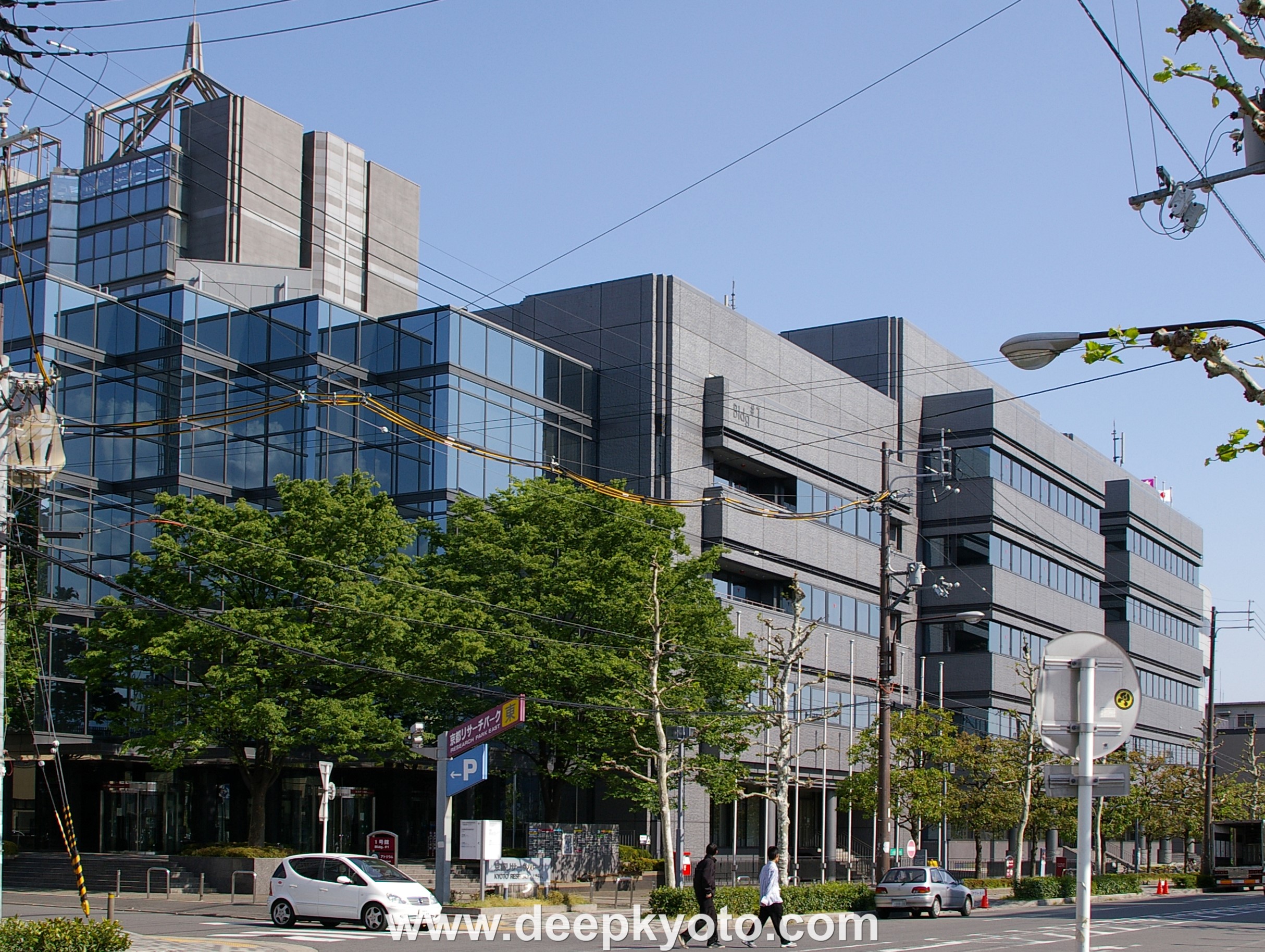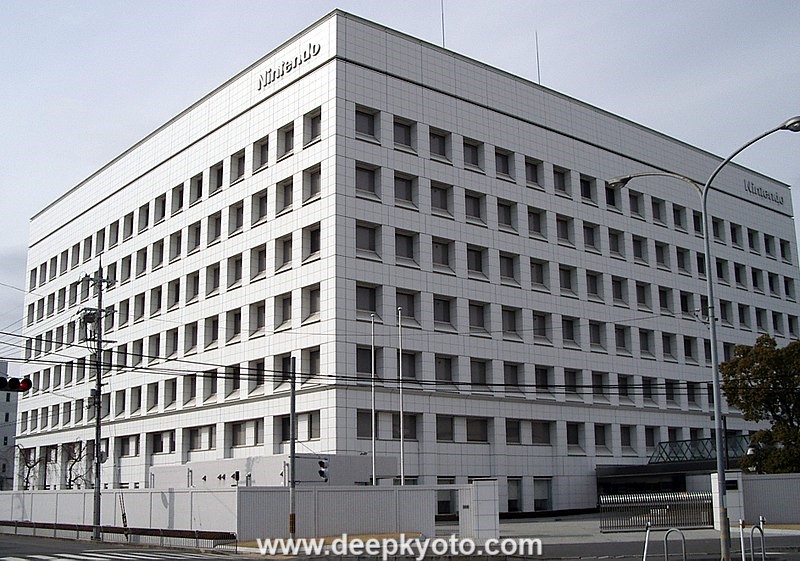Guest post by Neil Buckland.
Japan has had a long history associated with electronics, technology and futuristic designs. Think of Tokyo and it’s all bright lights, dazzling street screens and robots that often spring to mind. Yet in the past couple of decades the rise of Silicon Valley seems to have taken a lot of the technology focus away.
Instead, the likes of Fukuoka, Tokyo’s Shibuya district and Kyoto have all been vying to be Japan’s version of Silicon Valley. We took a trip around the old Japanese capital’s tech hubs to see what’s on offer and if it could really compete.

Kyoto Research Park
Established in 1989, Kyoto Research Park (KRP) is an innovation hub that has grown massively in its near 30-year existence. It was the first privately operated research park to open in Japan, with the aim of forming a base for new business creation and the collaboration between different industries, academia and government to drive innovation. A lot of this is technology based, with the KRP currently home to 420 tenant companies in ICT, biotech, electronics, machinery and other sectors.
Walking around KRP, it looks pretty much like you’d imagine for an innovative Japanese business park. It has clearly grown since it was first introduced and there are now a variety of block buildings with large glass windows, dark grey bricks and revolving doors. From the road the façade looks like a cross between a block of flats and an office environment, with trees and bits of greenery dotted around.
It’s inside the KRP where the magic happens though, where two main services are offered to these innovators. There’s the provision of a safe and pleasant environment for tenants and visitors, alongside support services such as new business creation activities to help tech start-ups grow and prosper.

Kyoto University
Kyoto has had a reputation as an economic powerhouse for many years, with Kyoto University in the world’s top 30 and it being home to various Nobel Prize winners. It was only in 2012 that the university’s Shinya Yamanaka won it for inventing the synthetic stem cell.
It has been the huge number of successful companies that have emerged from Kyoto University that has seen the government, academics and business leaders work together to link capital funding with start-ups in tech, energy and biotech. The Kyoto University Venture Fund is a prime example of this. Then there’s Innovation Hub Kyoto, which opened in 2017 in the Med-Pharm Collaboration building of the university. It aims to foster biomedical ventures and promote commercialisation of research.
Visiting the university, it’s incredibly big and spread out. For those with an interest in it as a working tech hub, it’s best to visit for a specific lecture or arrange with a member of staff, as otherwise you could spend ages walking endless corridors.

The Home of Nintendo
Arguably Kyoto’s most famous entertainment-based tech export has been Nintendo. Japan is home to a wide range of electronics and technology companies but few gain as much notoriety as video game producers, especially when they make it big in the USA.
The headquarters of Nintendo are still based in Kyoto. First, visit the old HQ, which is situated in the middle of the ancient city, though there’s not much around it. You can see the original signs on the building, but you can’t go in, sadly there isn’t a museum or gift shop for Nintendo fans.
For the new headquarters, it’s about a 36-minute walk south. The building is a lot bigger, like a giant cube that’s been dropped into place. Again, unless you’re there on business, you can’t enter the building. Unless Nintendo relocates, it will probably continue to be one of the main inspirations for Kyoto’s growing tech hub.
Plenty of investment, strong academia, a long history and supportive infrastructure mean Kyoto’s tech hub should have a bright future.
Text by Neil Buckland. Photos by J o./Wikimedia (1/GFDL and Cc-by-sa-2.5), Moja~commonswiki/Wikimedia (2 & 3 /GFDL and CC BY-SA 3.0). All rights reserved.